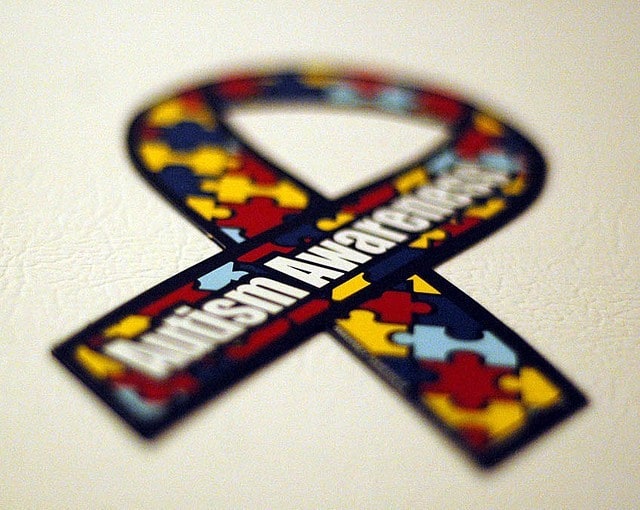Children are often called the ultimate gift; they bring happiness and joy to families and individuals as they watch them grow from crawling toddlers to prospering adults, but all too common are scenarios where parents feel burdened by unexpected complications. Although medical technology advances have decreased the likelihood of issues like infant mortality and pregnancy difficulties, there are certain cases that cannot be prevented. At the forefront of the unexpected stands one of the most controversial and increasingly common occurrences of our time: autism.

The Controversy
In recent years, autism has become a popular area of concern for individuals across the globe. In the United States, autism is caught in a cloud of controversy, ranging from causes, cures, and occurrences. Mystery surrounds the exact cause of autism and related disorders as a broad list of conspiracies have garnered media attention; everything from vaccinations to young children watching too much TV have been hypothesized and debated by regular citizens and experts as the cause of autism.
Amidst this debate, researchers have yet to find a cure for this disorder; meanwhile, the number of diagnosed occurrences has increased radically – in 2002 autism spectrum disorder cases occurred in 6.6 of every 1,000 children, and in 2008 this number reached 11.7 of every 1,000. One of the most compelling factors regarding autism is that it’s four times more likely to occur in males than in females. Discovering the basics of autism can allow individuals to achieve higher awareness and better understanding of the disorder.
What is Autism?
So, what is autism? Technically, autism is one component of the autism spectrum disorder (ASD), which consists of a collection of “complex neurodevelopment disorders characterized by social impairments, communication difficulties, and restricted, repetitive, and stereotyped patterns of behavior” (according to the National Institute of Neurological Disorders and Stroke).
Traits of the disorders in the autism spectrum usually develop before the age of 3. Generally, ASD is broken down into three types: autistic disorder, Asperger syndrome, and Pervasive Developmental Disorder – Not Otherwise Specified (PDD-NOS).
Each of these types has its own symptoms. Individuals with autistic disorder display the hallmark characteristics of autism that we traditionally associate with it. Diminished social interaction is one of the main characteristics, usually recognized by unresponsiveness, withdrawal, or lack of interest.
In addition, mental capacity can be affected, although this does not occur in each case; as a matter of fact, there’s a likely correlation between child prodigies and autism. Asperger syndrome has similar (although milder) characteristics with intellectual and language absences being less common. Lastly, PDD-NOS consists of a hodgepodge of traits of both Asperger syndrome and autistic disorder. Here, individuals usually display milder and fewer features.
The high prevalence of autism spectrum disorder cases in males is a captivating issue. Recently, the Center for Disease Control and Prevention reported that 1 in 88 children have an ASD (this number is 1 in 110 in other reports), the majority of which are boys. Researchers don’t have a clear understanding of why this gender inequality exists, but there are hints that gene abnormalities are responsible for the gender bias. Essentially, understanding why these disparities in gender exist may help in the development of a treatment.
The Takeaway
Understanding autism and all that it encompasses – the definition, signs, and prevalence – are all necessary to properly treat the disorder, but most importantly, to raise awareness. With quickly increasing rates, it has never been more important for families to understand that cases of autism shouldn’t be seen as misfortunes; rather, these occurrences give individuals the opportunity to educate themselves and, therefore, form more socially conscious viewpoints.
Ultimately, children are gifts, and they come in all shapes and sizes; differences should be cherished and valued. By understanding autism spectrum disorders, individuals and families are better equipped to handle unexpected situations.

